
How To License Your Artwork
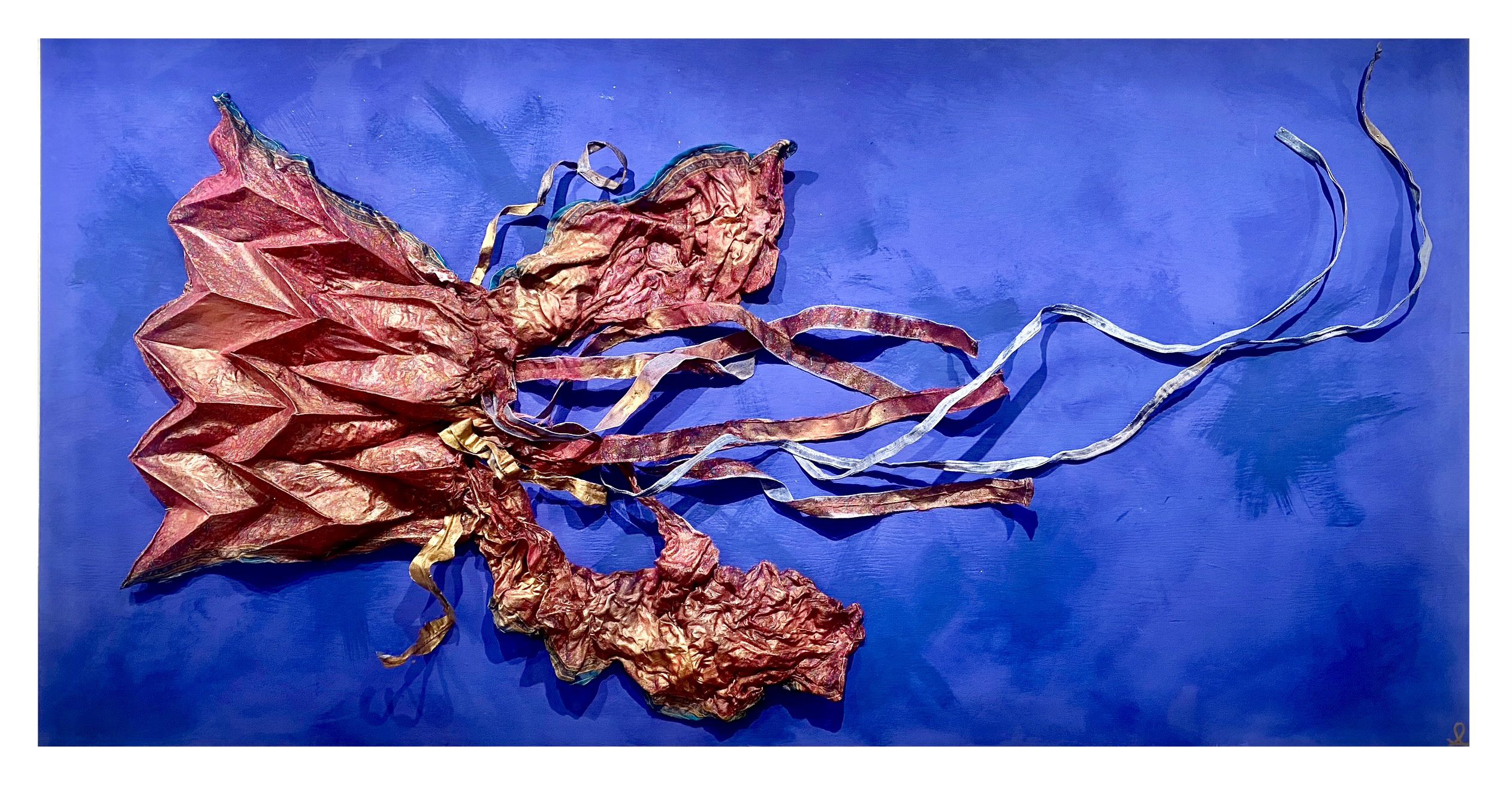

Have you ever wondered how artists profit from their incredible artwork? How do they go about licensing their masterpieces? Do you want to learn how to license your artwork?
The process of licensing artwork is a complex but lucrative venture that requires significant know-how and strategy. To license artwork, artists must navigate a wide range of legal, financial, and personal considerations to ensure they receive fair compensation for their intellectual property.
This article will explore the ins and outs of licensing artwork, highlighting essential factors that artists should consider when licensing their work. Through this, we hope to equip artists with the knowledge they need to ensure they get the compensation they deserve for their artwork. Whether you are an established artist or just starting your artistic journey, understanding the process of licensing your artwork can prove highly beneficial!
How to License your artwork
Are you an artist looking to monetize your creations? Then licensing your artwork might just be the perfect solution for you! By granting others permission to use and distribute your work, you can earn a steady stream of income while still retaining ownership. But how do you go about licensing your artwork?
If you want to learn about it then go grab a cup of coffee and let’s get started! But before that let me tell you about what is copyright.
What is Copyright?
Copyright is a legal concept that grants the creator of an original work exclusive rights to use, distribute, and sell their creation. This means that only the copyright holder has the authority to reproduce or transmit their work in any form. Copyright law aims to protect artists and creators from unauthorized usage of their intellectual property.
Copyright protection covers various types of creative works such as literature, music, films, photographs, graphics, and art. The moment you create something original it automatically gets copyrighted. However, having a formal registration helps in asserting ownership over your creations.
The duration for which copyright lasts differs depending on several factors including the type of work created and the country where it was created.
The basic idea behind copyright laws is to encourage creativity by providing creators with incentives through control over its distribution.
In order for someone else to legally use your copyrighted artwork they must obtain permission from you first. Understanding what copyright entails can help artists protect themselves against infringement and ensure fair compensation for their efforts.
How to get a Copyright
1. Obtaining Copyright for Your Artwork
Obtaining copyright is an essential step in protecting your artwork. It grants you the exclusive right to reproduce, distribute, and display your work. Here are some steps on how to get a copyright for your artwork.
2. Is Your Work Eligible for Copyright Protection?
Firstly, determine if your work is eligible for copyright protection. Copyright laws protect original works of authorship that are fixed in a tangible medium of expression such as paper or canvas.
3. File an Application to the Copyright Office
Next, register for copyright by submitting an application to the Copyright Office. The application includes basic information about yourself and your artwork along with filing fees.
4. Waiting for Approval to Protect Your Creative Rights
Once you’ve submitted the application, it may take several months before receiving approval from the Copyright Office. During this time frame, it’s important not to publicly disclose any details regarding your artwork so that no one can steal it while waiting for registration confirmation.
Once registered you’ll have legal proof that the work is yours and if anyone copies or distributes it without permission they could face legal consequences under federal law.
How to License Your Artwork
Once you have secured a copyright for your artwork, the next step is to license it. Licensing allows others to use your artwork with certain limitations and conditions. It’s a great way to earn money and gain exposure for your work.
2. Choosing the Right License for Your Art
First, determine what type of license you want to offer. There are many types of licenses available such as exclusive or non-exclusive licenses, limited usage or perpetual usage licenses, and more. You can also choose whether to grant commercial or non-commercial use.
3. Crafting a Comprehensive Licensing Agreement
Next, set the terms and conditions of the license agreement. This includes details about how long the license will be valid, how much you will charge for its use, and any restrictions on how it can be used.
4. Setting Clear Terms and Conditions
Once you’ve established these terms, create a licensing agreement that outlines everything in writing. Make sure both parties sign this agreement before allowing anyone to use your artwork under the agreed-upon terms.
5. Monitoring Licensed Use of Your Artwork
It’s important to stay aware of who is using your licensed art so that they are not violating any of the agreed-upon terms. Keep track of expiration dates if applicable as well as renewal options so that no one continues using your art without proper authorization.
Licensing may seem complicated at first but once you establish clear guidelines and expectations with an agreement in place it becomes a straightforward process for everyone involved!
To wrap up, licensing your artwork is an important step towards protecting your creative works and earning money from them. It’s crucial to understand the basics of copyright law and how it applies to your art. Obtaining a copyright registration can provide additional legal protection.
When it comes to licensing, there are various options available depending on what you want to achieve with it. You can choose between exclusive or non-exclusive licenses, set specific terms and conditions, and negotiate royalties or flat fees.
However, before signing any agreement, make sure that you fully understand its implications and seek legal advice if necessary. Remember that licensing is not just about making money but also about preserving the integrity of your work.
Keep in mind that licensing is just one aspect of managing your art business. Consistency in creating quality content regularly and building relationships with your audience is also important. Taking these factors into consideration can help you get the most out of your art licensing journey.
And if you are an artist who wants to promote your artwork to a wider audience and get more eyes on your work then you should read our article How to Develop a Marketing Strategy as an Artist.
With this, I will take your leave and will see you soon with another article. Till then keep creating the magic that you do. Take Care and Good Bye!












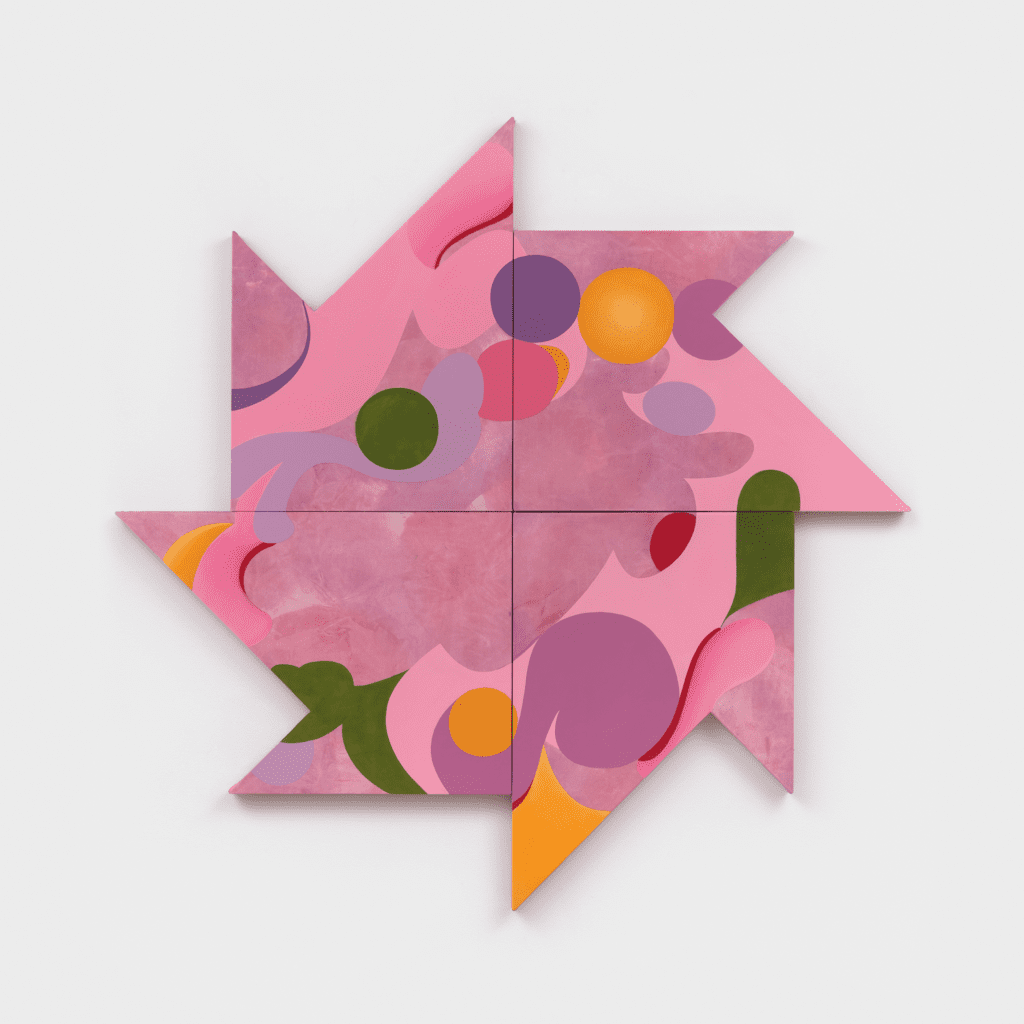
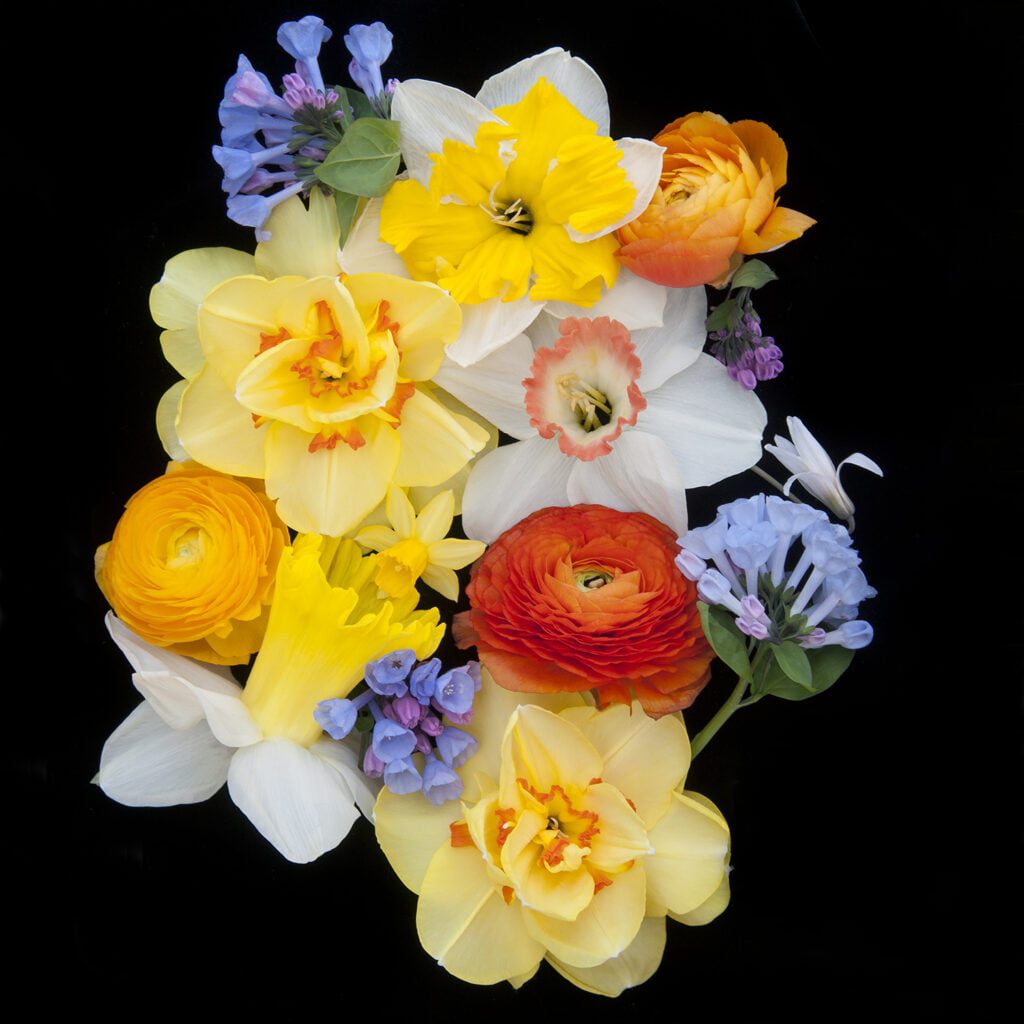
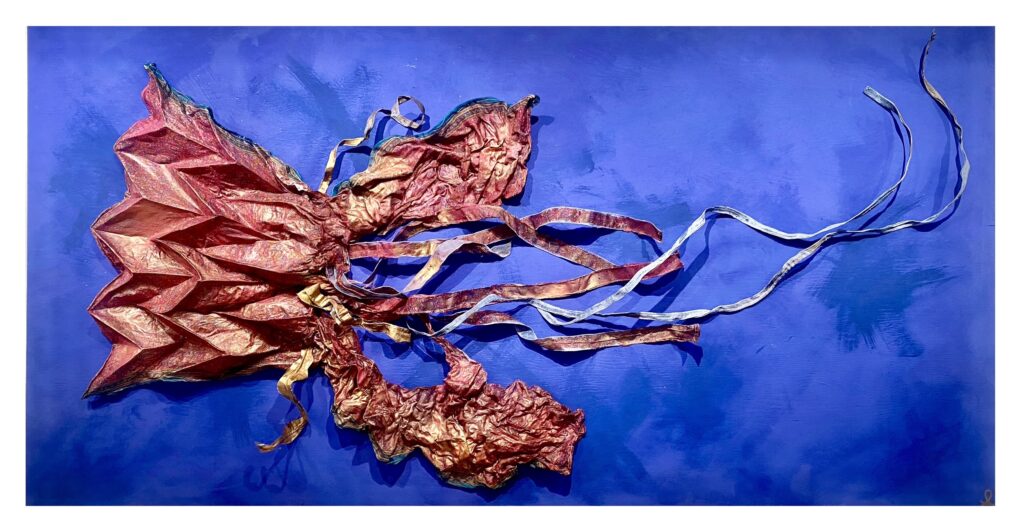

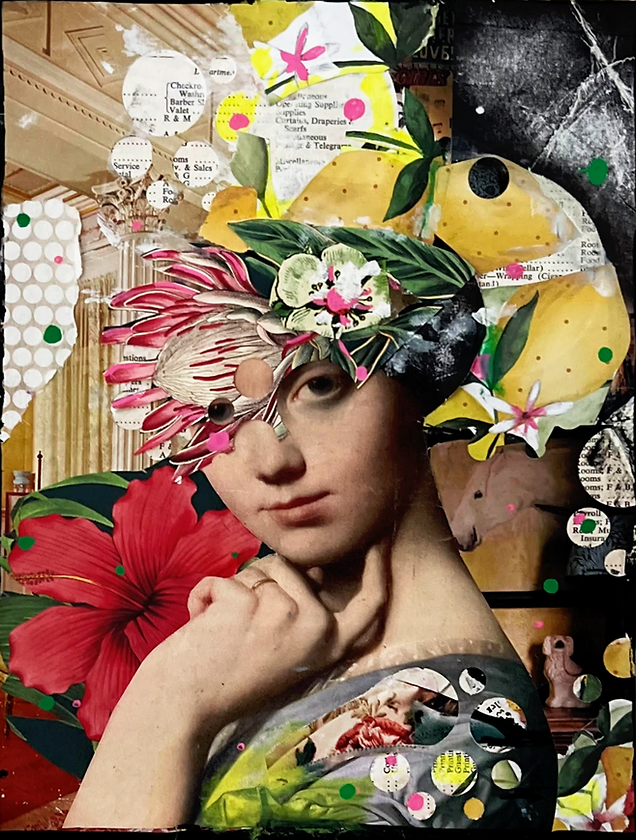
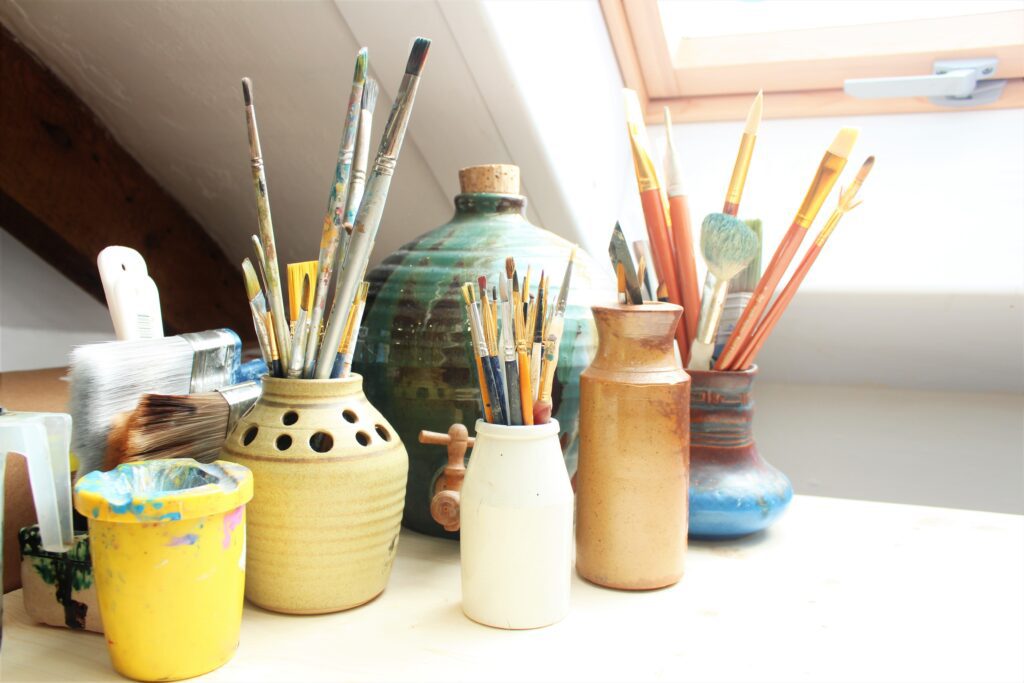

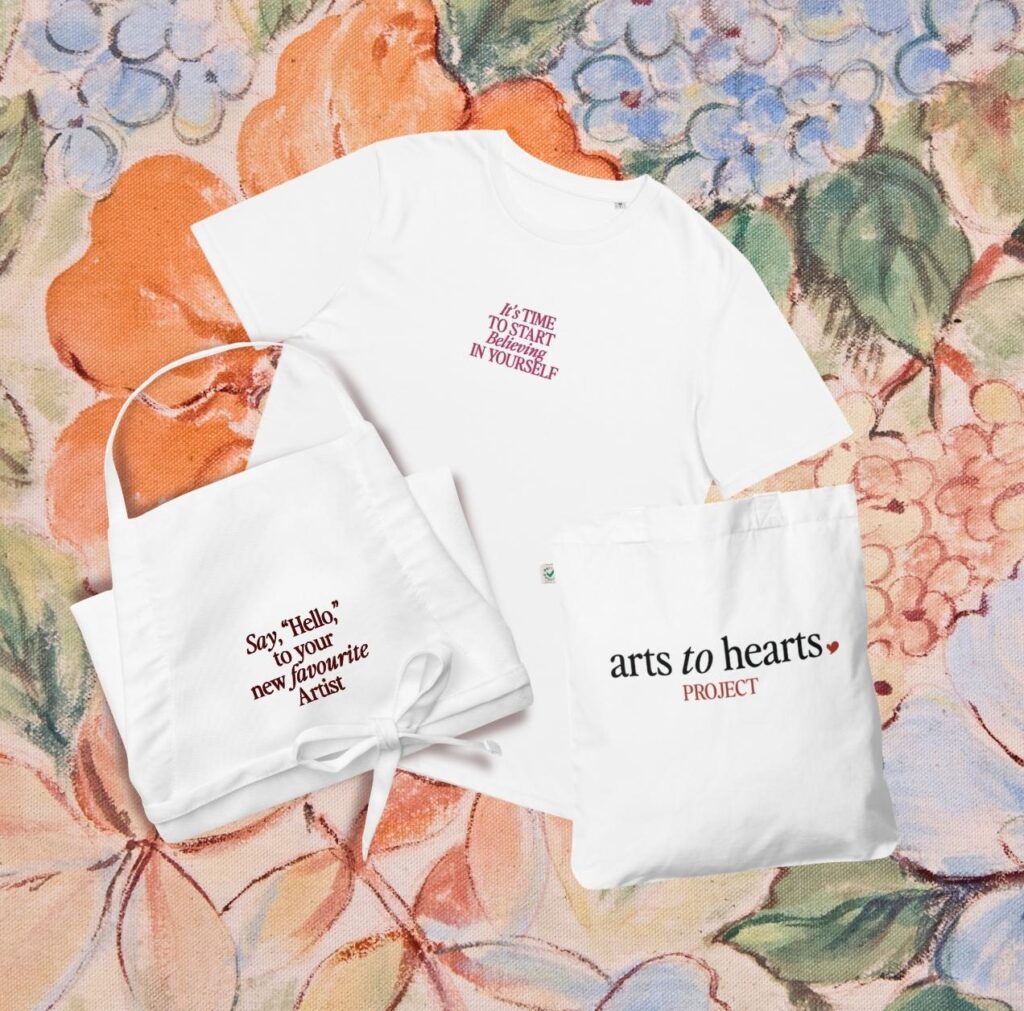
Comments 26